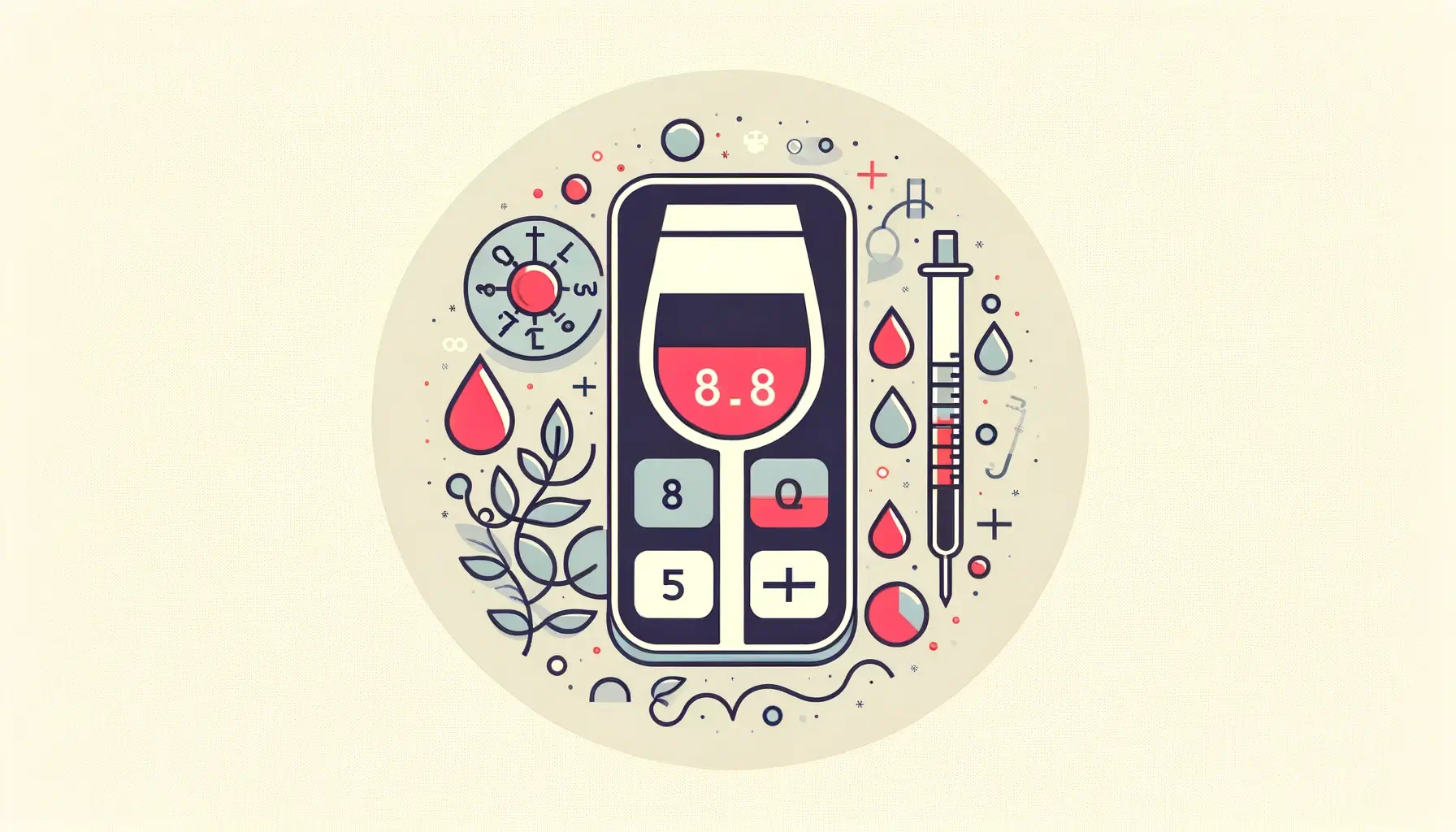An Alcohol in Blood Calculator—commonly referred to as a BAC (Blood Alcohol Content) Calculator—helps individuals estimate the concentration of alcohol in their bloodstream after consuming alcoholic beverages. While these calculators cannot replace precise laboratory testing or certified breathalyzers, they offer approximate guidance on one’s potential level of intoxication, supporting responsible decision-making about driving or engaging in activities that require alertness.
Introduction to Blood Alcohol Content
Blood Alcohol Content (BAC) denotes the percentage of alcohol present in an individual’s bloodstream. This value reflects how intoxicated a person may become, influencing reaction times, judgment, and coordination. Laws in many regions set a legal BAC threshold for operating vehicles or machinery, underscoring the safety importance of knowing or predicting one’s BAC.
Why an Alcohol in Blood Calculator Matters
- Safety Considerations: Even a slight overestimation of capacity can lead to impaired driving, posing risks to the driver and the public. Calculators help highlight when limits might be reached or exceeded.
- Legal Compliance: For professional drivers or those living in jurisdictions with strict per se limits, awareness of approximate BAC fosters better adherence to regulations.
- Personal Accountability: Individuals monitoring their alcohol intake at social events can use the calculator’s estimates to pace themselves responsibly.
Key Inputs
These tools typically ask for user details, which might include:
- Weight: Body weight influences how alcohol disperses in the body’s fluids.
- Gender: Biological differences in water composition affect how alcohol is metabolized.
- Drinks Consumed: The type and quantity of alcoholic beverages and the time span over which they are consumed.
- Time Since Intake: The body’s metabolism gradually reduces BAC over hours, making this dimension essential.
How the Alcohol in Blood Calculator Operates
Once the necessary user data is entered, the calculator applies widely recognized estimation methods. While no universal approach is perfect, these tools draw upon average metabolic rates and distribution factors to produce approximate BAC values. Some may also account for beverage strengths or disclaimers about varying personal health conditions.
Benefits of Using a Dedicated Tool
- Instant Feedback: Provides quick insight into whether one’s potential BAC might approach or surpass legal thresholds.
- User Awareness: Helps people internalize the correlation between drinks consumed and rising intoxication, potentially preventing hazardous choices.
- Educational Value: Reinforces safe drinking guidelines, reminding users that even moderate changes in consumption can drastically impact BAC.
Challenges and Considerations
- Variances in Physiology: Factors like liver health, medication use, or fatigue can alter alcohol processing. The calculator’s results remain estimates, not certainties.
- Calibration and Source Data: Different calculators rely on different reference values for metabolism rates, leading to minor discrepancies.
- Legal and Medical Context: Tools disclaim that results are not definitive for legal or diagnostic decision-making. Users seeking official clarity should resort to certified testing.
Best Practices
- Supplement with Caution: Treat the calculator’s output as approximate; if there is any doubt about impairment, err on the side of safety (e.g., choose not to drive).
- Input Data Honestly: Underreporting drinks or overestimating body weight can produce misleading outputs, endangering personal safety.
- Check Repeatedly: As time passes or more beverages are consumed, re-enter updated data to see how BAC might shift.
Future Directions
- Integration with Wearable Monitors: Smart devices may capture real-time hydration or vital signs, providing dynamic BAC estimates that are updated automatically.
- AI Personalization: Future calculators might tailor results based on each user’s metabolic profile, adjusting for unique health or lifestyle variables.
- Legal Collaboration: Some tools may incorporate direct references to local laws and penalties, fostering an additional deterrent against driving under the influence.
Conclusion
An Alcohol in Blood Calculator is a practical tool for those wishing to estimate how alcohol intake affects their potential level of intoxication. Although it relies on generalized data and remains an approximation, it promotes mindfulness about alcohol consumption. It encourages more responsible actions, especially when personal health or public safety is at stake. Users can better align their behavior with safe, lawful, and health-conscious practices by acknowledging their inherent limitations while leveraging them for greater awareness.


